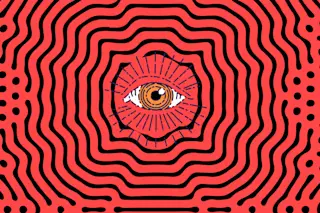In the neurosurgery ward of the David Geffen School of Medicine at UCLA, Danny, a stocky 21-year-old college student wearing blue pajamas and sporting a wispy goatee, sits on a bed watching one photo after another flash by on a laptop screen. Several macho movie stars appear in rapid succession, including Arnold Schwarzenegger, Steven Seagal, Sylvester Stallone, and Mr. T, the Mohawked brawler who plays Stallone’s rival in the boxing film Rocky III. At first glance, one might guess that Danny has volunteered for a Hollywood survey: Who’s your favorite action hero? In fact, Danny is the real hero. The black cables emerging from the white turban wrapped around his skull hint at his role in investigating a truly profound question: How do thoughts form in the human brain?
Danny suffers from epilepsy, and he has had electrodes temporarily implanted into his brain to monitor seizures. Ideally, the electrodes will ...














